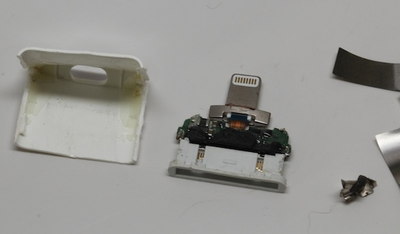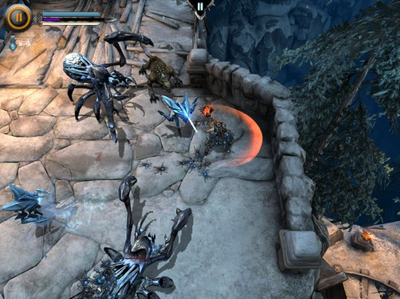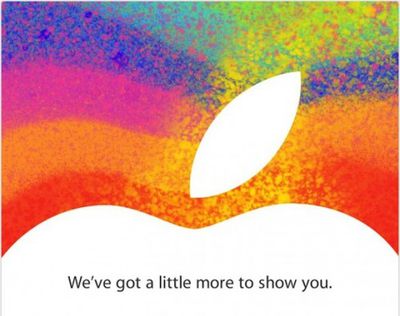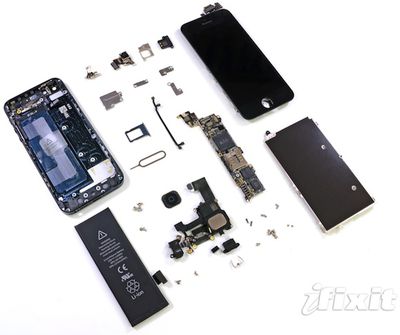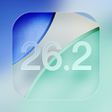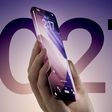The Wall Street Journal reports that Apple is on the verge of a significant expansion of its iPhone sales effort in India, bringing on two large distribution companies to help bring the device to more points of sale. The iPhone has so far been available almost exclusively through mobile phone carriers in the country, but with the iPhone 5 reportedly launching next week, the company appears to be significantly expanding its operations.
A person who has knowledge of the plans says Apple will begin selling the iPhone through specialized distribution companies in an attempt to reach a wider audience, especially Indians who live in thousands of smaller towns.
The Cupertino, Calif. company has recently tied up the local operations of Ingram Micro Inc., a large U.S.-based distributor of technology, and Redington (India) Ltd., a local distributor with 12,000 smaller partners across the country, the person said.
Apple has existing relationships with the two distribution companies, using them to offer products such as the iPad but reportedly having held the iPhone back from them for fear of eating into profit margins.
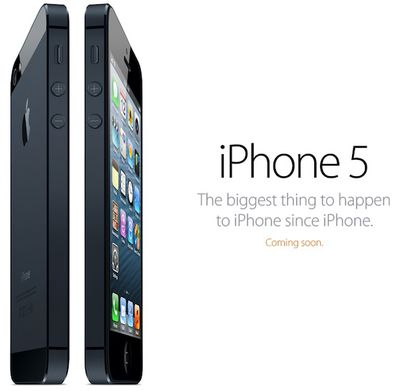
But with Apple's share of the mobile phone market in India falling by half year-over-year to 1.2% in the second quarter, the company may now be willing to sacrifice some profits in an effort to bolster its position in the country. Still, analysts believe that Apple's market share will remain low there given the premium pricing and the fact that over 70% of phones sold in the country are priced at under $100.
While Apple has been most heavily focused on China among emerging markets, there have been signs that the company is looking at the possibility of expanding its presence in India. Earlier this year it was reported that Apple was looking at opening retail stores in the country, but requirements for domestic sourcing of materials appear to be hindering those plans. In the absence of Apple-owned retail stores, the company earlier this year was also hiring staff for an effort to expand its reseller network in the country.


 GOG.com -- short for Good Old Games -- has
GOG.com -- short for Good Old Games -- has 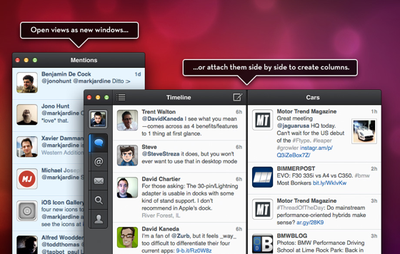
 Earlier this week, we
Earlier this week, we  Late yesterday, The Next Web reported that Apple was finalizing a deal to
Late yesterday, The Next Web reported that Apple was finalizing a deal to 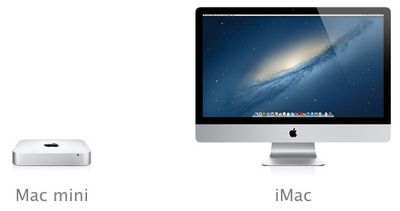
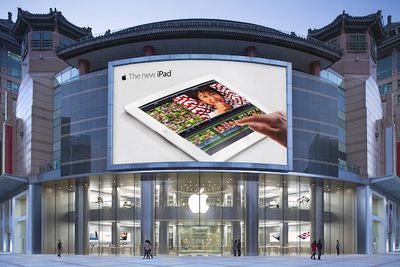

 Verizon today became the first major U.S. iPhone carrier to
Verizon today became the first major U.S. iPhone carrier to 
